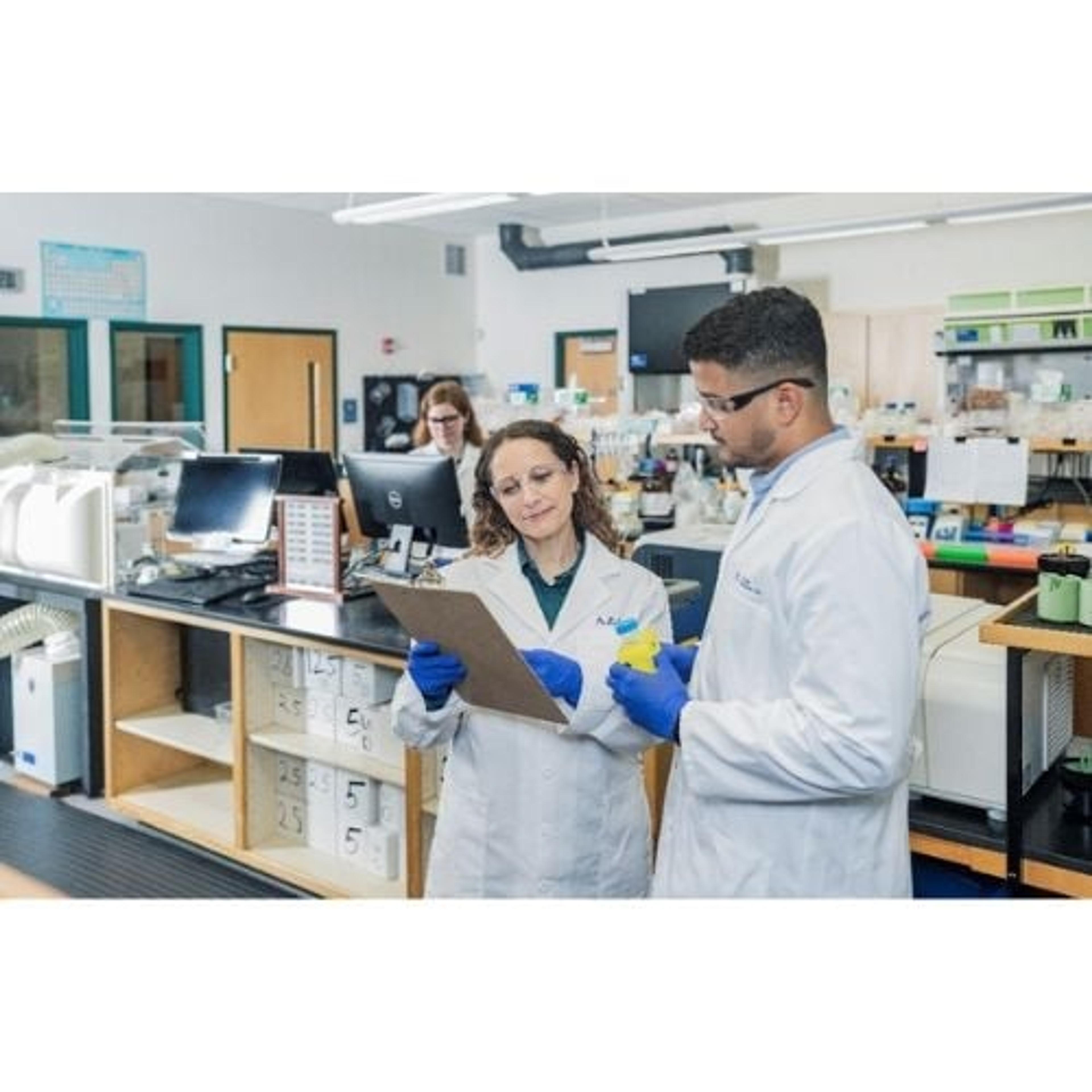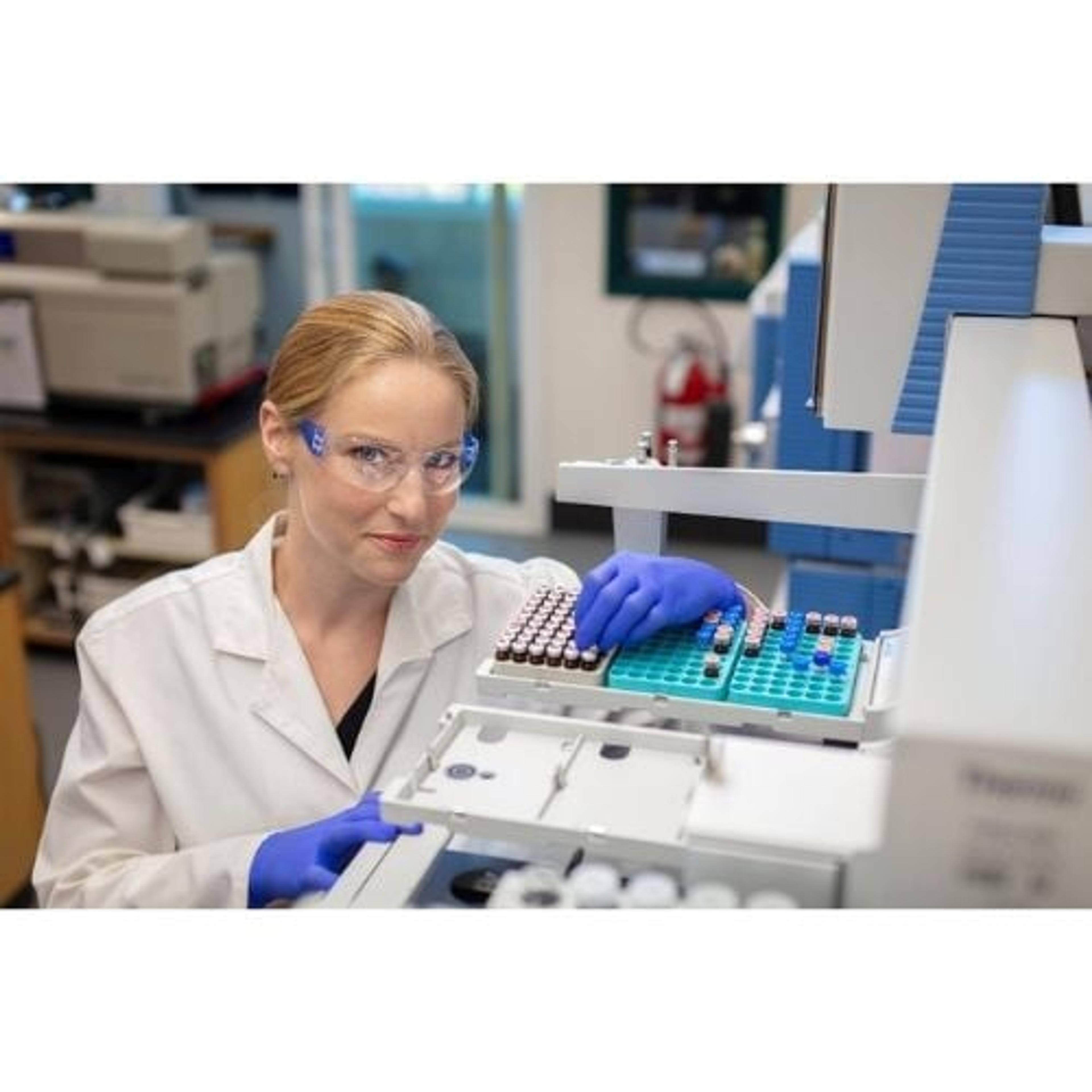Embracing LC-MS/MS for the bioanalysis of oligonucleotide therapeutics
How LC-MS/MS could improve the speed, selectivity, and cost-efficiency of therapeutic oligonucleotide quantification
23 Apr 2023

The fast-tracked development and approval of mRNA vaccines during the COVID-19 pandemic has shone a spotlight on oligonucleotide-based therapeutics, igniting a surge of research interest and activity in pursuing this modality to treat a broad range of infectious and genetic diseases.
Bioanalysis forms a critical part of any drug regulatory submission, and for novel oligonucleotide therapies, these studies typically rely upon the use of ELISA, qPCR, and HPLC-Fluorescence analysis. However, these techniques can be expensive and time-consuming to implement and may not provide sufficient selectivity to analyze very small oligonucleotides.
A better approach, argues Chad Christianson, a senior principal scientist at Alturas Analytics, is to use high-performance liquid chromatography—tandem mass spectrometry (HPLC-MS/MS). In this SelectScience® interview, Christianson explains how HPLC-MS/MS analysis can provide better selectivity and increased dynamic range for oligonucleotide bioanalysis while reducing the time, resources, and expenses required for assay method development.
New assays for novel therapies
Like any other regulated drug therapy, the journey of a new oligonucleotide-based drug from a theoretical therapy to an approved treatment takes a lot of time and money – to the tune of several years and millions of dollars. A significant portion of this comes from the need to develop and validate assays for drug products to ensure their compliance with regulations, such as those set out by the United States Food and Drug Administration (FDA). “The current regulations stress patient safety which is always the most important aspect of any experimental therapy,” says Christianson. “But the amount of experiments required to validate an assay to ensure patient safety is always increasing, which means validating assays takes much longer and incurs a higher cost to the developer.”
Having worked for almost 19 years at Alturas Analytics – a contract research organization specializing in preclinical and clinical bioanalysis – Christianson is well-versed in developing and validating assays for a wide range of novel compounds. “As a senior principal scientist, I’m responsible for LC-MS/MS and GC-MS/MS assay method development, validation, and sample analysis, and I also act as the study director for validations and principal investigator on GLP and clinical studies,” he explains. “The assays I have developed range from targeting very small molecules to large molecules like antibodies, enzymes, and PEGylated compounds and everything in between, such as peptides and oligonucleotides.”
Currently, ELISA, qPCR, and HPLC-FL assays are most frequently used to quantify therapeutic oligonucleotides. However, these methods all have inherent limitations. “Firstly, they often lack the selectivity to accurately quantify therapeutic oligonucleotides from complicated biological matrices,” begins Christianson. “They also have really limited dynamic ranges – just one or two orders of magnitude. Additionally, the probe design of HPLC-FL methods means it’s unsuitable for oligos smaller than 20 nucleotides.”
As an alternative to these traditional methods, the analysis of oligonucleotides by HPLC-MS/MS is gaining traction in the biopharma industry and Christianson sees it becoming the primary form of analysis in the future. “HPLC-MS/MS analysis provides better selectivity, increased dynamic range, and the flexibility to quickly analyze a whole bunch of different oligos from biological matrices,” he says. “Additionally, the method development time and cost of HPLC-MS/MS assays are typically much less than traditional approaches.”
Selectivity and sensitivity challenges
Despite these benefits, the use of HPLC-MS/MS is not without its own challenges. Since nucleic acid sequences are present in every cell in the human body at varying lengths, LC-MS/MS methods must be highly selective to quantify the oligo of interest and avoid interfering peaks, especially when the target oligo is present at a very low concentration. This requires each part of the analysis to be optimized. “At the mass spec level, selecting a unique Q1 mass and product ion mass is essential,” asserts Christianson. “During the LC stage, separating out any chromatographic interferences by altering the LC parameters is also required. This is because there are immense amounts of nucleic acids present in the matrix which have multiple charges, meaning you can theoretically get a multi-charged oligo that comes up with the same Q1 mass as your oligo of interest.”
The extraction protocol prior to analysis is also critical. “It all starts with a clean extract,” he continues. “For this, I use a Phenomenex line of SPE products called Clarity that is very good at providing clean extracts and helping to separate interferences.”
The second major hurdle in the use of HPLC-MS/MS for nucleotide quantification is its sensitivity. This is in part due to the fact nucleic acids are negatively charged and require the use of negative ion assays that are generally less sensitive using mass spectrometry. “Very low limits of quantitation are also required to detect the specific nucleic acid sequences,” adds Christianson. “As patients receive a very small dosage of these oligos, you have to have a really low-limit method.”
However, Christianson and his team have found the sensitivity of HPLC-MS/MS can be drastically improved using microflow coupled with the mass spectrometer. “When we decrease the flow rate from 800 microliters a minute to 10 microliters a minute, we see two orders of sensitivity gains,” he explains. “That's how we have really circumvented the sensitivity challenge with oligos.”
The promise of oligonucleotide therapeutics
Following the swift approval of two mRNA vaccines during the COVID-19 pandemic, oligonucleotide therapeutics have emerged from obscurity to a prominent technology – and Christianson is in no doubt about their future promise. “Any disease state that requires gene silencing or RNA interference can be treated with oligonucleotide therapies,” he says. “Vaccines, respiratory diseases, pulmonary diseases, cancer, and neurodegenerative diseases are just a fraction of what can be treated with oligonucleotide technology.”
“The fast-tracking of the COVID mRNA vaccines is an encouraging sign that oligo therapeutics can reach the market faster,” he continues. “Hopefully, we will soon see shortened approval times, especially for life-threatening diseases that can be treated safely with oligos.”
“Overall, we’ve seen an increase in the number of pharma companies willing to invest in these therapeutics, and at Alturas Analytics, we have the bioanalytical and regulatory expertise to help bring those to fruition,” he concludes.



